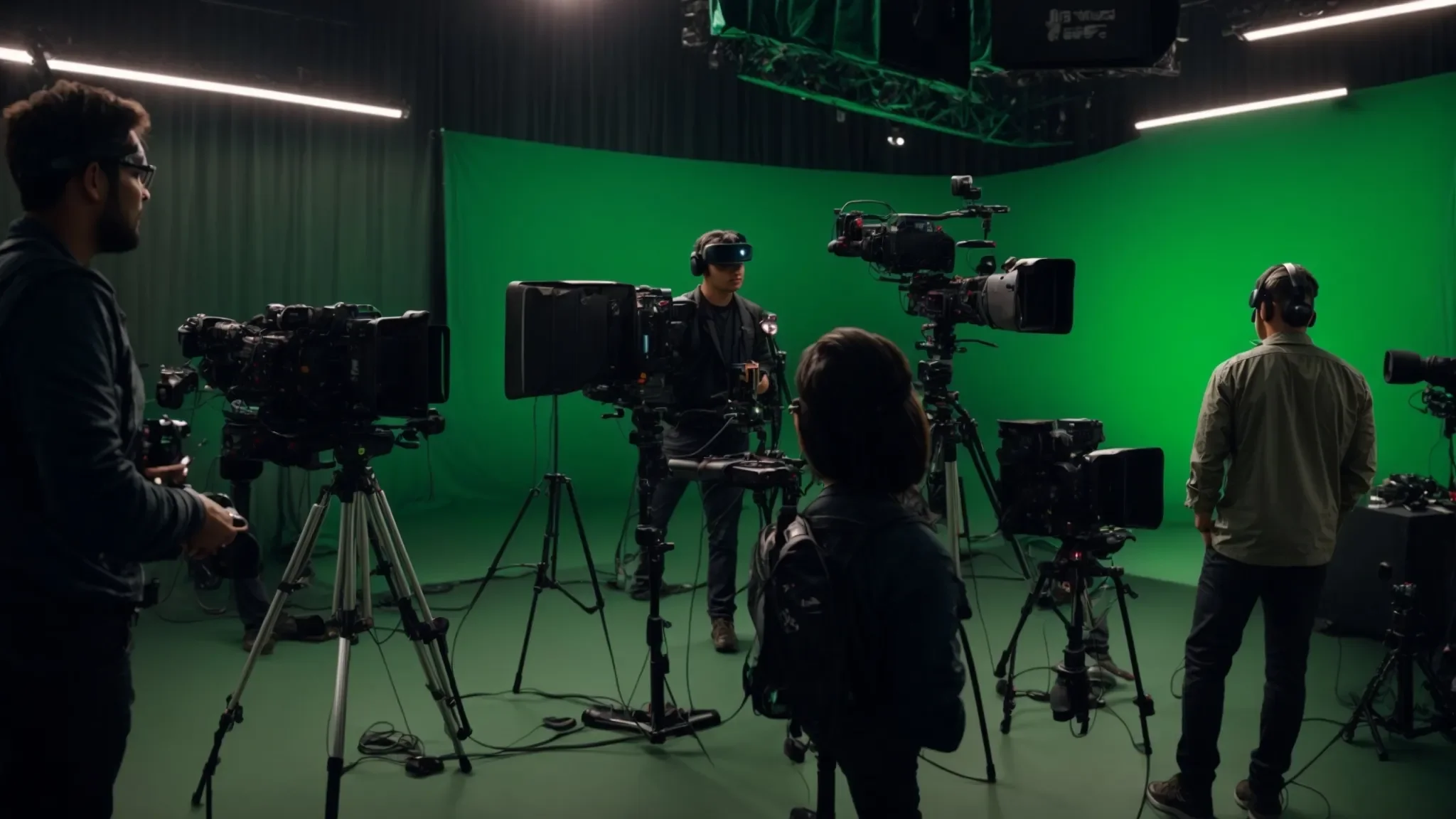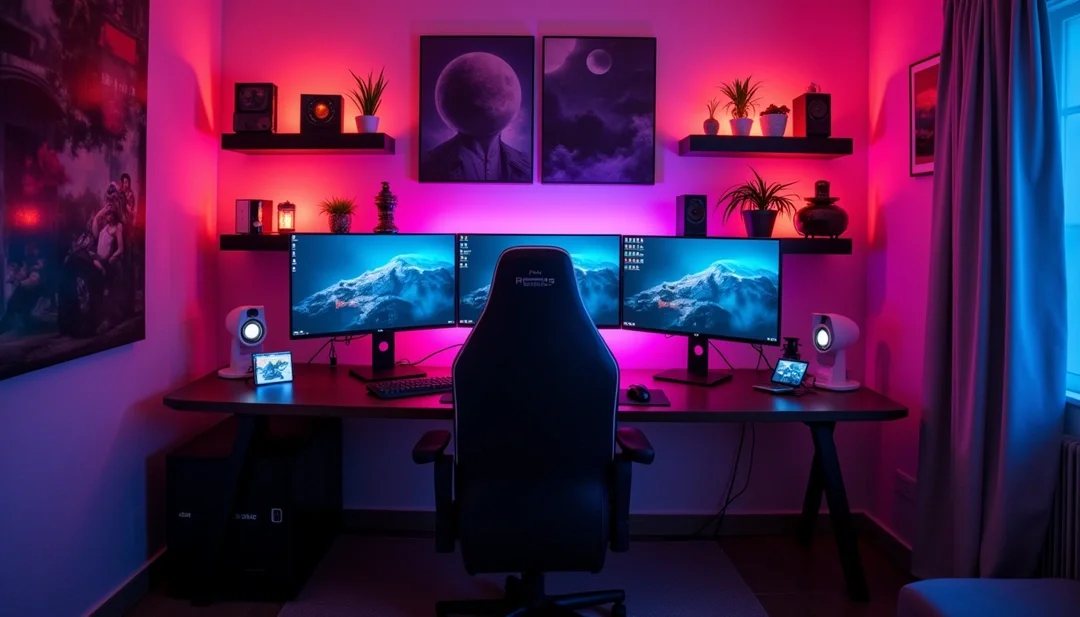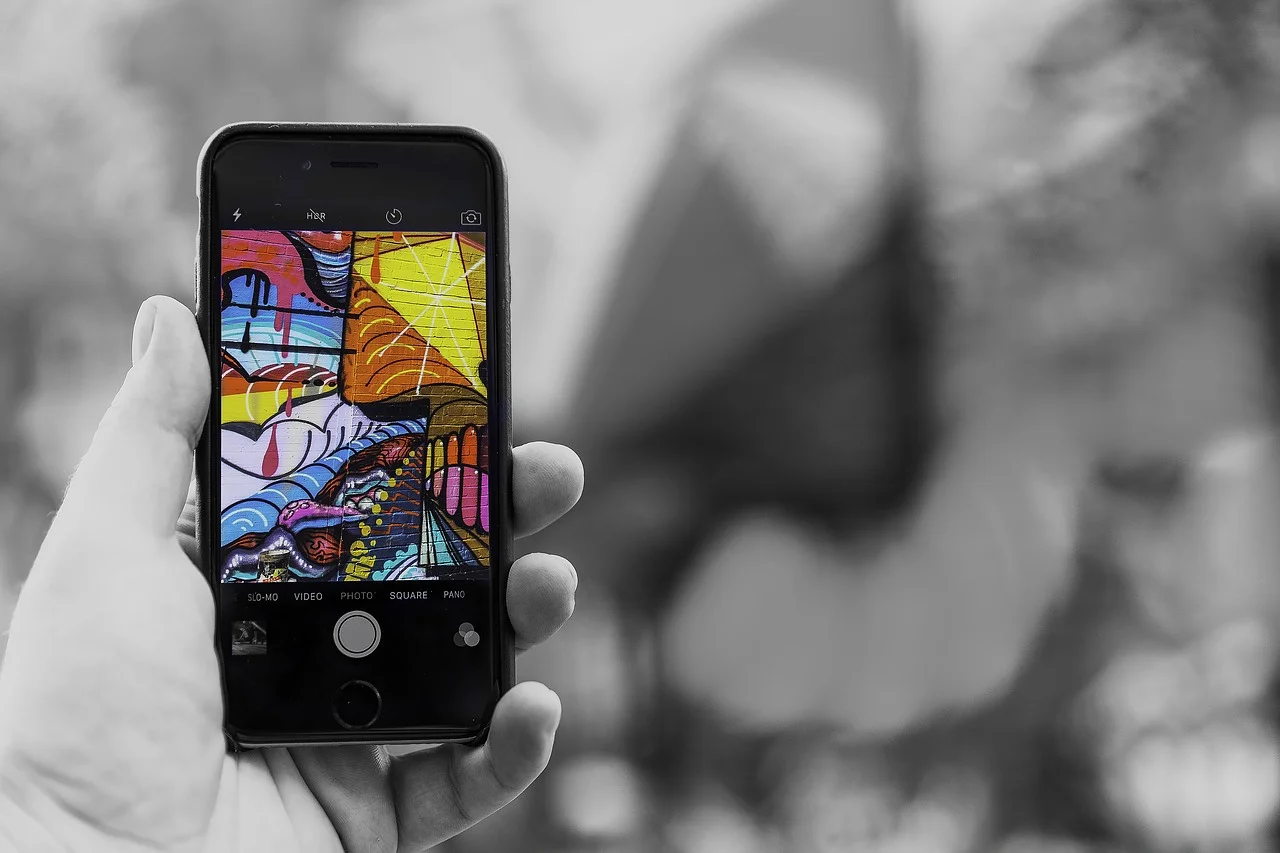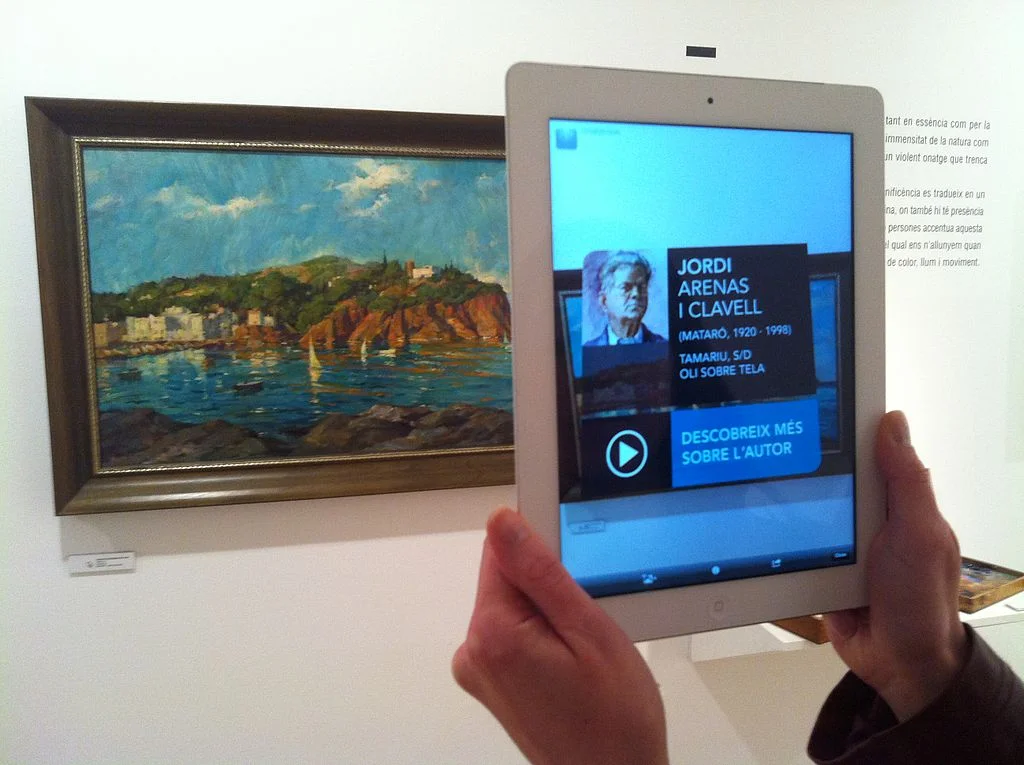Every year we review our analytics to highlight what you, our readers, have found the most compelling. In 12 short months, we have witnessed waves of new technology erupt onto the marketplace, like OpenAI’s Dall-e, and others tumble into chaos, most notably cryptocurrency. The top 10 show how YOU have followed the change.
Maximizing Concert Experiences Through AR & VR
The application of Virtual and Augmented reality in music has been around for a while. From collaborative creation and interactive music videos to its incorporation in art museums, it seems as if the arts industry is competing with itself to enhance the audience experience. As concerts are a highly user-oriented experience, these technologies have started gaining more traction in the live music space. The demand for interactive and immersive experiences has called for innovative models to be incorporated within music. Thus, the application of such models is added to the concert experience with the implementation of VR and AR technologies to help maximize its interactivity.
Using VR & AR in Live Music
Virtual Reality technology puts the user in a computer-generated environment, allowing them to interact with simulated elements via a headset. On the other hand, Augmented reality incorporates elements that are generated, be it visual, audio, or other sensory elements into the real world via technology. AR technology lets the user position his or her smartphone to a point in the physical world and bring it to life by adding virtual components via this technology.
Practical Uses of AR in Arts and Culture
Since its first iteration, Augmented Reality (AR) has been disrupting education, health, entertainment, and many other fields. By enhancing the senses and abilities it has delighted but also aided in solving difficult problems. In arts and culture, AR has transformed static museum displays and provided special effects for stage productions. But the use of AR hasn’t gone much beyond support in storytelling, and the adoption of such a versatile technology as a tool in the production processes has been tentatively explored.
#TBT: DIY Projects for Summer
Building Audiences Part II: The Results
Building Audiences Part I: An Experiment in DIY Augmented Reality
Time Travel & Preservation in Museum Education
Using Augmented Reality is Really Simple
“Pokémon Go”: Recent Woes Provide a Valuable Lesson in Event Planning
“Pokémon Go”: Where did it go? 5 Major Takeaways from its Rise and Fall
5 Thought Provoking Takeaways from Museums and the Web 2017
7 Technological Behaviors On AMT Lab's Naughty List
Research Update: Augmented Reality in Museums
White Paper Wednesday: Wearables and the Performing Arts
In 2014, Google Glass had emerged as the leader in wearable technology available on the market. Today, while Google Glass has receded to the fringe of conversations about Augmented Reality and Virtual Reality, wearables have re-entered the mainstream consciousness, and wide-spread adoption feels inevitable.
These trends considered, today's featured white paper from 2014, Performing Arts in the Wearable Age by Thomas Rhodes and Samuel Allen, is a fascinating look back at predictions and projections from just two years ago.
While many things have changed since 2014, this paper's focus on current uses of wearable technology, future implications, opportunities and concerns for performing arts organizations are as useful as ever. The authors' discussion of the hardware specs of wearable devices is particularly nuanced. Equally relevant are the various uses and exciting windows for wearable implementation in music, theatre, and beyond.
While many of the projections cited in this publication might not hold water today, today's current events indicate that widespread adoption of AR/VR is near. From Pokemon Go to continuing developments in Oculus, it is clear that arts organizations will soon have no choice but to confront this exciting and game-changing trend.
Banner image by Dan Leveille via Wikimedia Commons, licensed under Creative Commons
Pokémon GO Takes Over
Changing The Way You See With Augmented Reality
When looking ahead at what will be the most exciting technology for the arts in the coming year, augmented reality is bound to pop up in the conversation. You may be familiar with augmented reality already. The National Football League has taken advantage of this technology for years to project lines of scrimmage and game time information onto the field in real-time during television broadcasts. So what exactly is augmented reality (AR)? According to Wikipedia:
Augmented reality (AR) is a term for a live direct or indirect view of a physical, real-world environment whose elements are augmented by computer-generated sensory input, such as sound or graphics.
AR layers digital elements on top of our view of the everyday world. This overlay can be done in a number of ways: through the use of handheld devices like smartphones, through desktop computers with a webcam, by wearing specialized headsets, or by projecting a digital images/animations onto a real world location.
Since AR has the possibility to create such a unique visual experience, it naturally has attracted adopters from the creative community. Here are just a few cool projects taking advantage of AR:
DIY Day MoMA – Augmented Reality Art Invasion! On October 9th, 2010, Sander Veenhof and Mark Skwarek decided they would circumvent the traditional art world and host their own exhibition at the Museum of Modern Art using AR. The artists took advantage of the augmented reality viewer app Layar, currently available only on iPhone and Android devices, to create a virtual exhibition of digital works. By downloading the Layar app and loading the “AR Exhibition” layer, anyone with a camera-enabled smartphone or mobile device can view numerous digital artworks throughout MoMA. This includes both 2-D and 3-D images and animations and an additional 7th floor that only exists in the world of AR. The digital artworks have continued to be on display since DIY Day wrapped up in October.
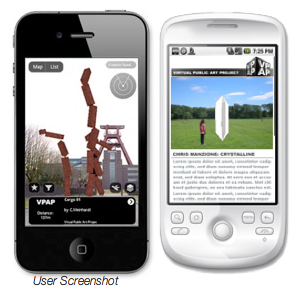
The Virtual Public Art Project Also utilizing the Layar app, the Virtual Public Art Project (VPAP) takes the idea of AR artworks one step further by placing pieces around the globe. The artworks can be viewed in the round and from multiple perspectives, just as you would be able to with a real piece of public art. Check out some of the current works on display on VPAP’s website . If you’re interested in creating your own piece of AR artwork for the public, VPAP puts out multiple calls for submissions.
The Macula Project – Mapping 600 years of history The Macula Project is comprised of a group of artists exploring the relationship between image, sound and the viewer. The city of Prague was searching for a way to celebrate the 600th anniversary of the astrological clock tower situated in the center of the city and turned to the Macula Project for a creative solution. The artists at the Macula Project turned to AR for the project and projected this stunning work that took the audience through the 600-year history of the clock tower. Macula was able to achieve this by digitally mapping the building beforehand and tailoring their animation so when it ran through a digital projector, the perspective lined up perfectly with the real life clock tower.
The Getty Museum – Exploring the Augsburg Display Cabinet in 3-D
If there is one frustrating roadblock shared across the gamut of art lovers, it’s the frustration over not being able to personally handle and explore a piece of art in a museum. The Getty Museum understood this burning desire and took advantage of AR technology to let their visitors have a more in-depth exploration of one of the pieces from their decorative arts collection. Using an online program launched within a web browser, a computer’s built-in webcam, and a printed out “AR tag”, an art lover can handle a 3-D model of a 17th century collector’s cabinet. By rotating and tilting the AR tag, the cabinet will spin 360 degrees and various doors can be opened and explored.
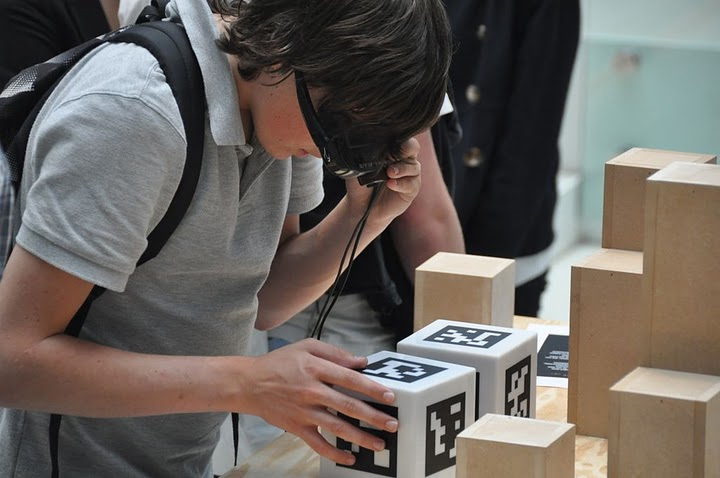
The University of Gronigen – Giving students X-ray vision Part of a permanent exhibit in their Hall of the Bernouilliborg, the University of Gronigen teamed up with Science LinX and Nanopodium to create a unique science experience for their students. The exhibit is comprised of multiple boxes covered with AR tags. By wearing a special set of glasses containing display screens and a camera, the boxes’ walls suddenly disappear for the user. The user can then tilt and turn the now ‘hollow’ box that contains various types of 3-D science-related models, such as a model of a chain of molecules.
The types of projects that are now possible with augmented reality are rapidly growing and the technology is some pretty exciting stuff to play with. But beyond the wow factor that comes with AR, what are some of the ways that arts organizations can use this technology in worthwhile and innovative ways? Can AR extend to projects beyond the visual arts? Are there ways that this technology can be used to engage with large audiences as well as the individual? I don’t think it is too far a stretch of the imagination to envision actors on stage reacting to digital props or musicians playing digitally created instruments. As with any new tech, it will be exciting to see how AR develops and continues to merge our reality with a digital one.
Links roundup
This just in: Audience data from 2008There have been plenty of reactions to the Audience 2.0 report released last month by the NEA. In his article on the Dance/USA blog, Mark Kirschner of TenduTV reminds us that since May 2007, the beginning of the survey period, Apple has released four generations of the iPhone and Facebook's user base has grown 20-fold. Marc Van Bree digs into what we can learn from the report, even though the data can’t be easily compared to data from earlier iterations of the study. And Jennifer Edwards and Sydney Skybetter read the report as a call for dance artists to start engaging audiences online. What is your reaction? Is this report useful?
Reality, only better ReadWriteWeb’s report on a new augmented reality textbook reminded me of this story from Art21 on the Louvre-DNP Museum Lab. And also this AR version of BP’s logo. What is your favorite example of augmented reality?
Newspapers are over In an interview with the Guardian, Clay Shirky, author of Cognitive Surplus: Creativity and Generosity in a Connected Age, predicts that the traditional print newspaper is doomed and that Rupert Murdoch’s experiment in charging for online content will fail. On a related note, the internet is over as well. How is your marketing team taking the news?
Wait, iPods used to come loaded with Pong? This and nine other fun facts about Apple, courtesy of Mashable.

